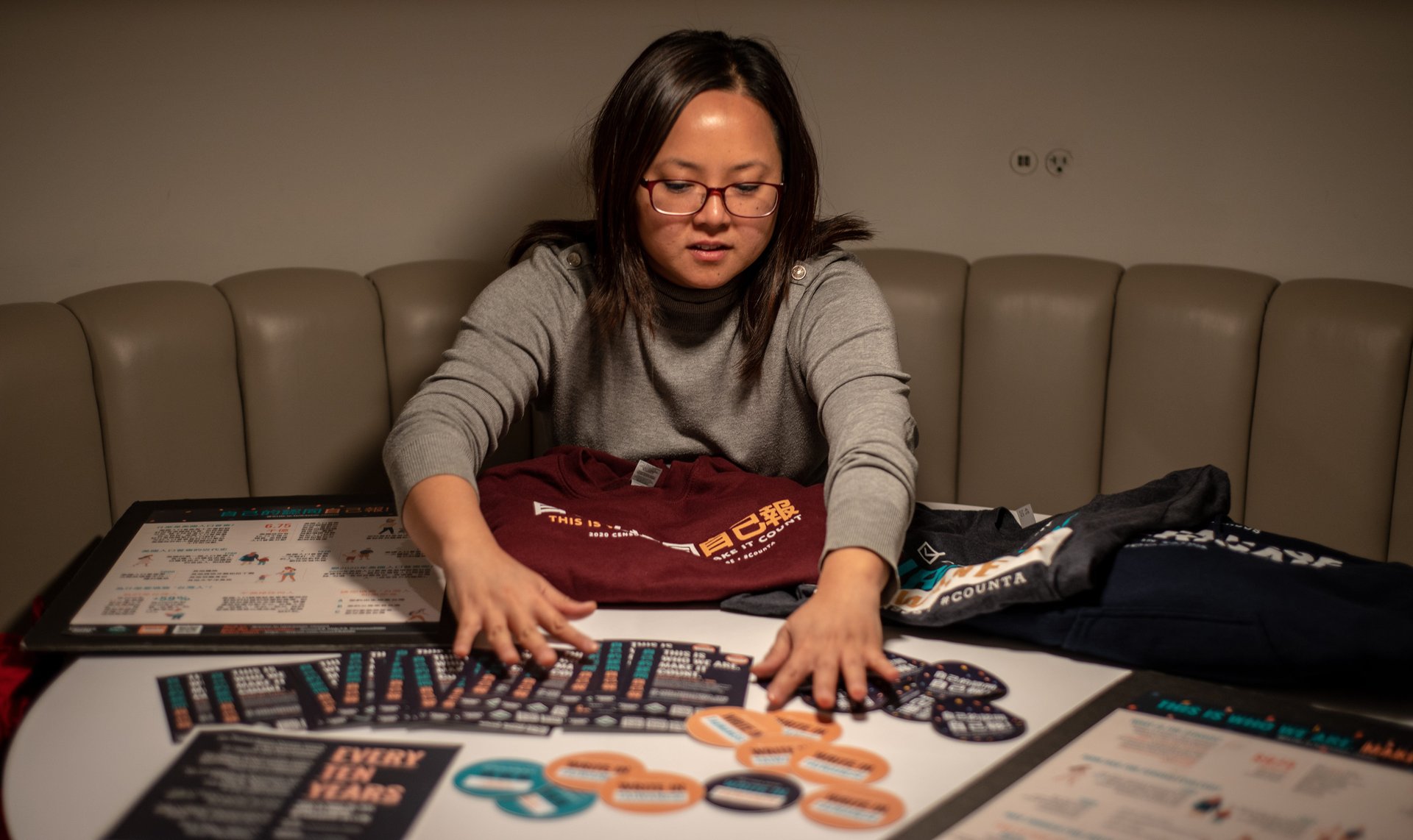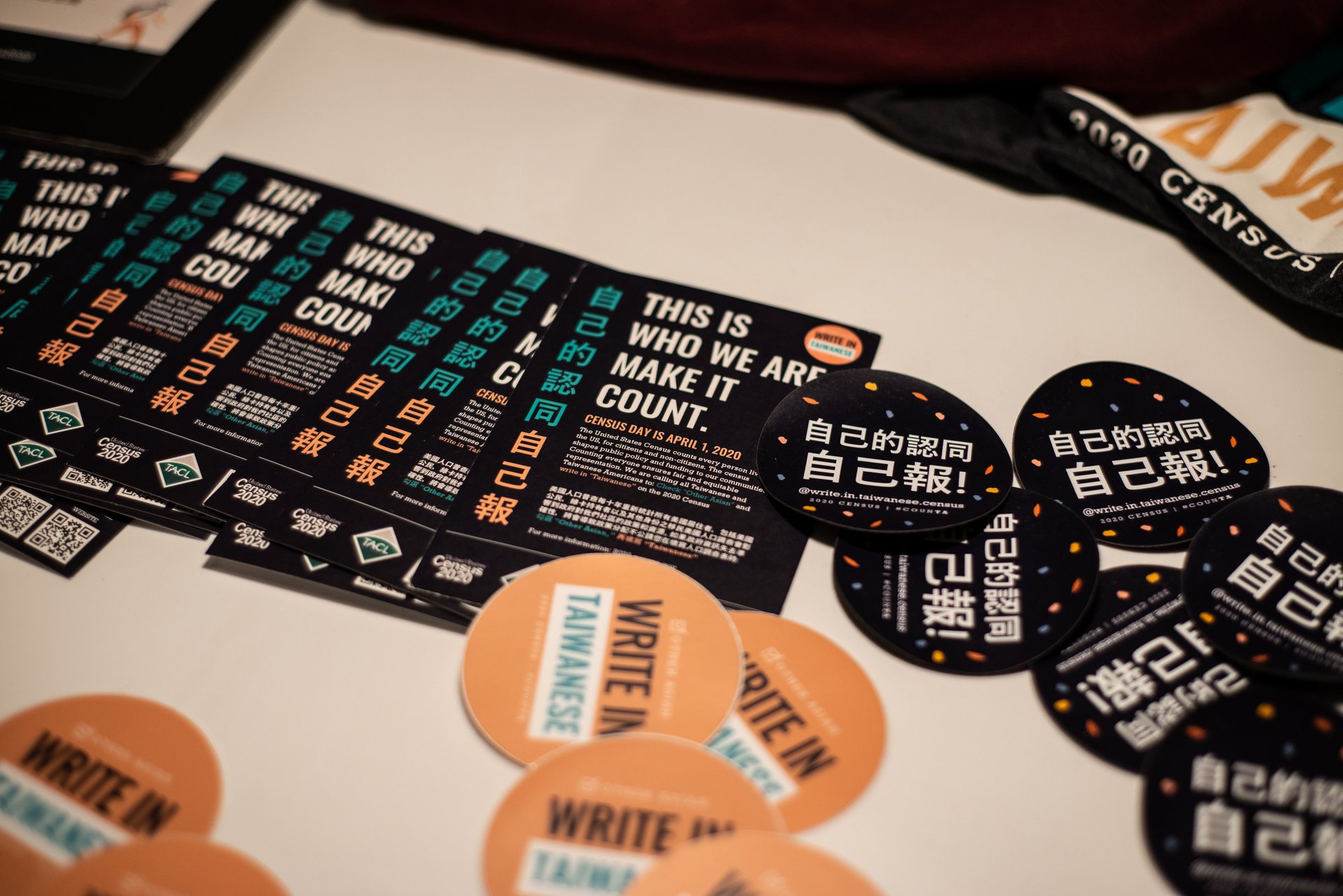“Make us count”: Taiwanese and Iranian Americans are fighting for recognition in the 2020 census
For the first time in the US census, Americans will be allowed to write in their nationality of origin under any race category they identify with, and ethnic groups are using the chance to get their communities recognized.


For the first time in the US census, Americans will be allowed to write in their nationality of origin under any race category they identify with, and ethnic groups are using the chance to get their communities recognized.
The Taiwanese American Citizens League (TACL), which has been pushing for representation of Taiwanese Americans as early as 1990, is one group that is seizing on the opportunity to mobilize citizens to make use of the new option. “Taiwanese” has been listed under “Chinese” in previous final census reports, and this year, TACL wants Taiwanese Americans to check the “other Asian” box and write in “Taiwanese” instead as a separate option.
Christina Hu, director of civic engagement of TACL, which has a presence in 10 cities nationwide, said she takes this ability to “write in” Taiwanese as responsibility to continue a legacy for future generations. “We are looking at building a community sense of Taiwanese identity.”
In the 2010 census, around 230,000 people wrote in as Taiwanese, a 59% increase over the number in 2000. Hu said Taiwanese Americans have gradually gained more confidence to advocate for their rights over time. That mirrors a growing trend in Taiwan itself with people identifying as being Taiwanese rather than being Chinese.
China claims Taiwan as its own territory, though the Communist Party has never ruled over the island. Many older Taiwanese still identify as being Chinese in some way, as they can trace their origins in Taiwan to 1949, when the defeated Nationalists in China’s civil war fled to the island, bringing millions along with them. However, many younger Taiwanese now actively push back against any reference to being Chinese, particularly in the international arena, where China’s clout means that almost all countries—including the US—and major institutions recognize only the government of Beijing as a sovereign entity and not Taipei’s.

Hu added that some older Taiwanese started to become more involved in politics and discussing their identity only after they moved to America, as such issues were “taboo” in Taiwan, where a military dictatorship ruled until 1987.
The US census is conducted every 10 years to distribute funds to communities. Public and private organizations use the data to accommodate specific populations with special services for healthcare, education, housing, and other programs. For this year’s census, households are able to fill in the form online for the first time ever after receiving information by mail on how to participate.
While Census Day is officially on April 1, households have have until July 31 to respond. Due to coronavirus, the Census Bureau has advised people to complete the census online or by phone as soon as they receive the instructions in order to avoid human contact.
Iranian Americans are another group that is vocal about being recognized in this year’s census.
In the last census, 200,000 Iranian Americans self-identified their heritage after checking the “some other races” box, which allowed for a write-in option. Aman Ardalan, the digital communications and policy associate of the Public Affairs Alliance of Iranian Americans (PAAIA) in Washington, DC, argues that the number of Iranian American obtained in the 2010 census was far from accurate.
“There are many estimates of our community that say there are upwards of hundreds of thousands, even over a million, of Iranian Americans in the US,” Ardalan said. According to the population estimation report by the Census Bureau in 2015, there are an estimated 465,000 people of Iranian descent in the US.
In fact, Middle East and North Africa (MENA) is not even among the five race categories available on the census. Based on the Office of Management and Budget’s guidelines about collecting data on race and ethnicity, people from the MENA region are considered white.
According to Ardalan, many Iranian Americans who found nowhere to put their checkmarks in the 2010 census skipped the question entirely, or checked boxes that they didn’t completely identify with. According to PAAIA’s national survey (pdf) of the Iranian American Community in 2019, 60% of Iranian Americans most strongly identified as “Iranian or Persian,” with only 23% identifying as “White.”
Julie Dowling, chair of the Census Bureau’s National Advisory Committee on Racial, Ethnic and Other Populations, said adding a MENA box to the census is widely supported by the bureau and civil right groups in order to diversify race data and to encourage people to participate in the census. However, with the change of administration in 2016, the proposal for the addition was ignored by the Office of Management and Budget.
“Whenever there’s something that makes you have to pause and say ‘I don’t know how to answer this,’ it deters participation,” said Dowling, also a sociologist of the University of Illinois at Urbana-Champaign.
With the new write-in option, PAAIA is asking Iranian Americans to tick any racial categories they identify with, and write in “Iranian” in the census. Ardalan said he hopes to encourage the community to feel that this census is for them, and to create a more accurate count of Iranian Americans.
“Being able to write in ‘Iranian’ lets the government know there are a lot of us here,” said Ardalan. In comments aimed at the Trump administration’s policies towards Iranian Americans in the name of anti-terrorism, he added: “You need to start looking at our culture and looking at our contributions to this country and treating our people better, and stop treating us like outcasts.”